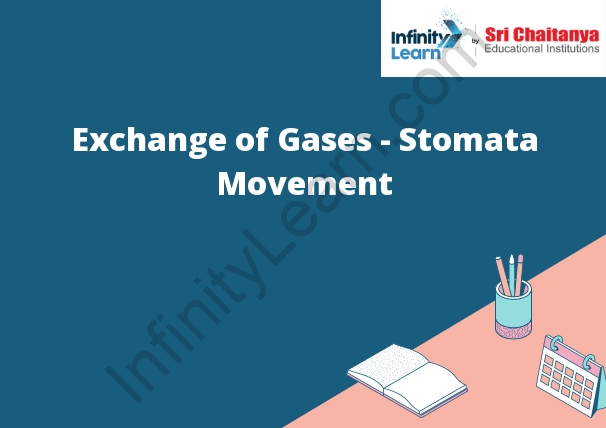Table of Contents
Exchange of Gases between Air and Blood
The exchange of gases between air and blood occurs in the lungs. The lungs are filled with tiny air sacs called alveoli. The alveoli are surrounded by small blood vessels called capillaries. The capillaries are very thin and allow the gases to pass back and forth between the alveoli and the blood.
The process of exchanging gases between air and blood is called respiration. The oxygen in the air passes through the walls of the alveoli and into the blood. The carbon dioxide in the blood passes out of the blood and into the alveoli. This process allows the blood to get the oxygen it needs to travel to all parts of the body.
Inhaling and exhaling are both processes of exchanging gases between the air and blood. Inhaling is the process of bringing in fresh air, while exhaling is the process of getting rid of used air. The air we breathe in contains oxygen, which the body needs to function. The air we breathe out contains carbon dioxide, which the body needs to get rid of.
Inhaling and exhaling are both controlled by the autonomic nervous system. Inhaling is a voluntary process, which we can control by making conscious decisions to breathe in. Exhaling, on the other hand, is an involuntary process, which we cannot control. The autonomic nervous system automatically controls the muscles that allow us to breathe in and out.

How does Exchange of Gases Take Place in Plants?
The exchange of gases between a plant and the environment takes place through the stomata, which are tiny pores in the leaves. Carbon dioxide enters the leaf through the stomata and is used in photosynthesis. Oxygen leaves the leaf through the stomata and is released into the environment.
The exchange of gases between the atmosphere and a plant’s leaves is a process called photosynthesis. In photosynthesis, light energy from the sun is converted into organic matter, such as glucose. The glucose is then used by the plant to produce energy and to build new cells.
The exchange of gases between a plant and the atmosphere occurs through tiny openings in the leaves called stomata. Carbon dioxide from the atmosphere enters the plant through the stomata, and oxygen gas leaves the plant through the stomata. Water vapor also leaves the plant through the stomata, but at a much slower rate than oxygen gas.
Factors Affecting the Stomata Movement
The stomata movement is affected by various factors such as light, humidity, temperature, and carbon dioxide levels in the atmosphere.
Light:
The stomata movement is affected by light. When there is light, the stomata open to allow the carbon dioxide and water vapor to escape. When there is no light, the stomata close to conserve water.
Humidity:
The stomata movement is also affected by humidity. When the humidity is high, the stomata close to prevent water loss. When the humidity is low, the stomata open to allow the water vapor to escape.
Temperature:
The stomata movement is also affected by temperature. When the temperature is high, the stomata open to allow the carbon dioxide and water vapor to escape. When the temperature is low, the stomata close to conserve water.
Stomata
are small pores on the surface of a leaf that allow the plant to take in carbon dioxide and release oxygen.
The Mechanism of Stomatal Opening and Closure
The opening and closure of stomata is an important process that regulates the exchange of water vapor and carbon dioxide between a plant and the atmosphere. The opening and closure of stomata is controlled by the stomatal guard cells, which are two specialized cells that form the stomatal pore. The opening and closure of stomata is a result of the changes in the shape of the stomatal guard cells.
The opening of stomata is a result of the opening of the stomatal guard cells. The opening of the stomatal guard cells is caused by the influx of potassium ions into the cells. The influx of potassium ions causes the stomatal guard cells to become more turgid, which causes the stomatal pores to open.
The closure of stomata is a result of the closure of the stomatal guard cells. The closure of the stomatal guard cells is caused by the efflux of potassium ions from the cells. The efflux of potassium ions causes the stomatal guard cells to become less turgid, which causes the stomatal pores to close.







